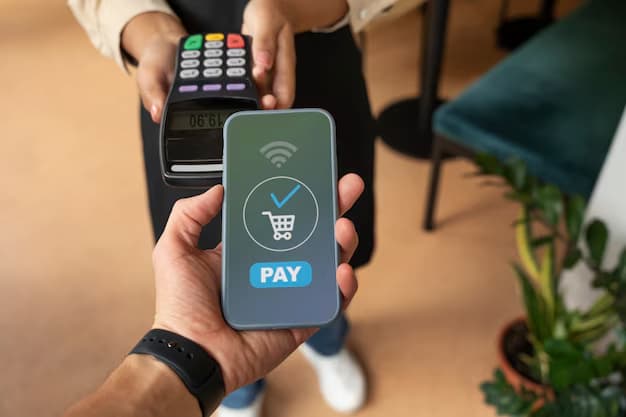Splitting purchases, Splitting opinions: Is Buy Now, Pay Later a financial revolution or a looming debt bubble?
The “Buy Now, Pay Later” (BNPL) industry has exploded in popularity, offering a convenient way to split purchases into smaller, interest-free instalments. With a market size that ballooned to $141.8 billion in 2021 and a projected rise to a staggering $596.7 billion by 2026, BNPL is rapidly transforming the financial landscape. But is this a sign of a financial revolution or a bubble waiting to burst?

BNPL offers a seemingly frictionless payment option, especially for online shoppers. Unlike credit cards with complex interest rates and annual fees, BNPL services typically spread the purchase cost over a set period, often without additional charges. This ease of use has propelled BNPL to new heights. By 2024, there are an estimated 360 million BNPL users globally, projected to nearly triple by 2027.
Companies like Afterpay, Klarna, Affirm, and Zip lead the charge, collectively processing billions of dollars in transactions annually. In fact, Sweden’s Klarna alone raked in a gross merchandise volume in 2022 that dwarfed its competitors.
A cause for concern?
Despite its meteoric rise, the BNPL industry faces growing scrutiny in regards to the following aspects:
- Unregulated frontier: The BNPL industry currently operates in a regulatory grey area, making it difficult to track data and ensure fair practices across different regions. This lack of oversight raises concerns about consumer protection and potential risks.
- Debt in disguise: While BNPL often avoids interest charges, late fees can be hefty, and some services may charge hidden costs. This, coupled with the ease of using BNPL, can lead to impulsive spending and potential debt problems, especially for younger generations, who are the primary users.
- Emerging market worries: As BNPL usage skyrockets in developing economies, regulators are scrambling to keep pace. Southeast Asia, for example, is witnessing a surge in BNPL adoption, prompting authorities to implement stricter regulations to safeguard consumers.
The future of BNPL remains uncertain. Will it become a mainstream financial tool or succumb to regulatory pressures and potential consumer backlash? One thing is for sure: BNPL has fundamentally changed how we shop and pay.
The industry must steer through these challenges by prioritising transparency, responsible lending practices, and collaboration with regulators. As regulations evolve, BNPL providers must adapt to ensure sustainable growth and positively impact consumers’ financial well-being.
So, is BNPL a revolution or a bubble? Only time will tell. But one thing’s for sure: this innovative payment method is here to stay, and its impact on the financial world will continue to be debated for years.






